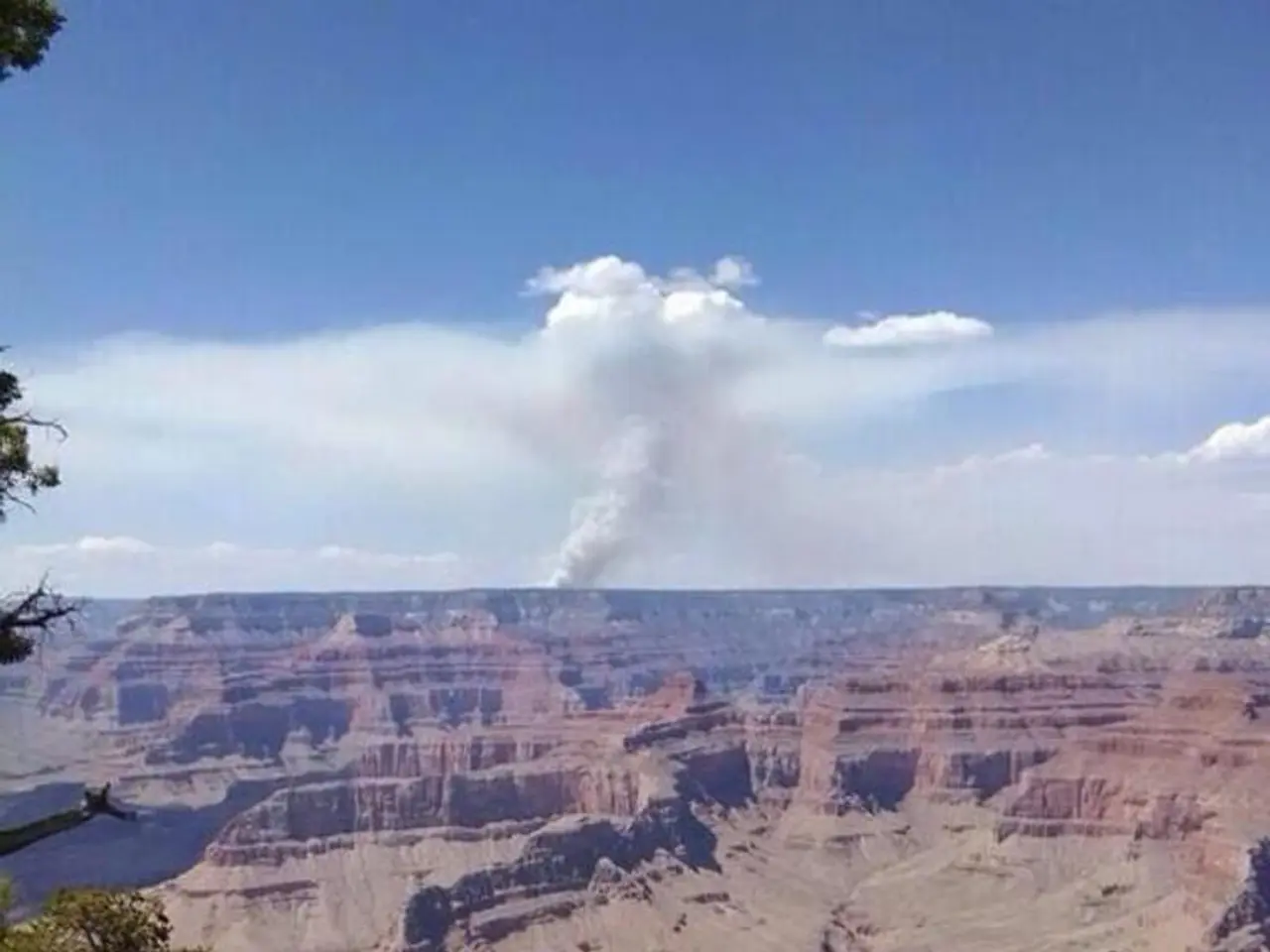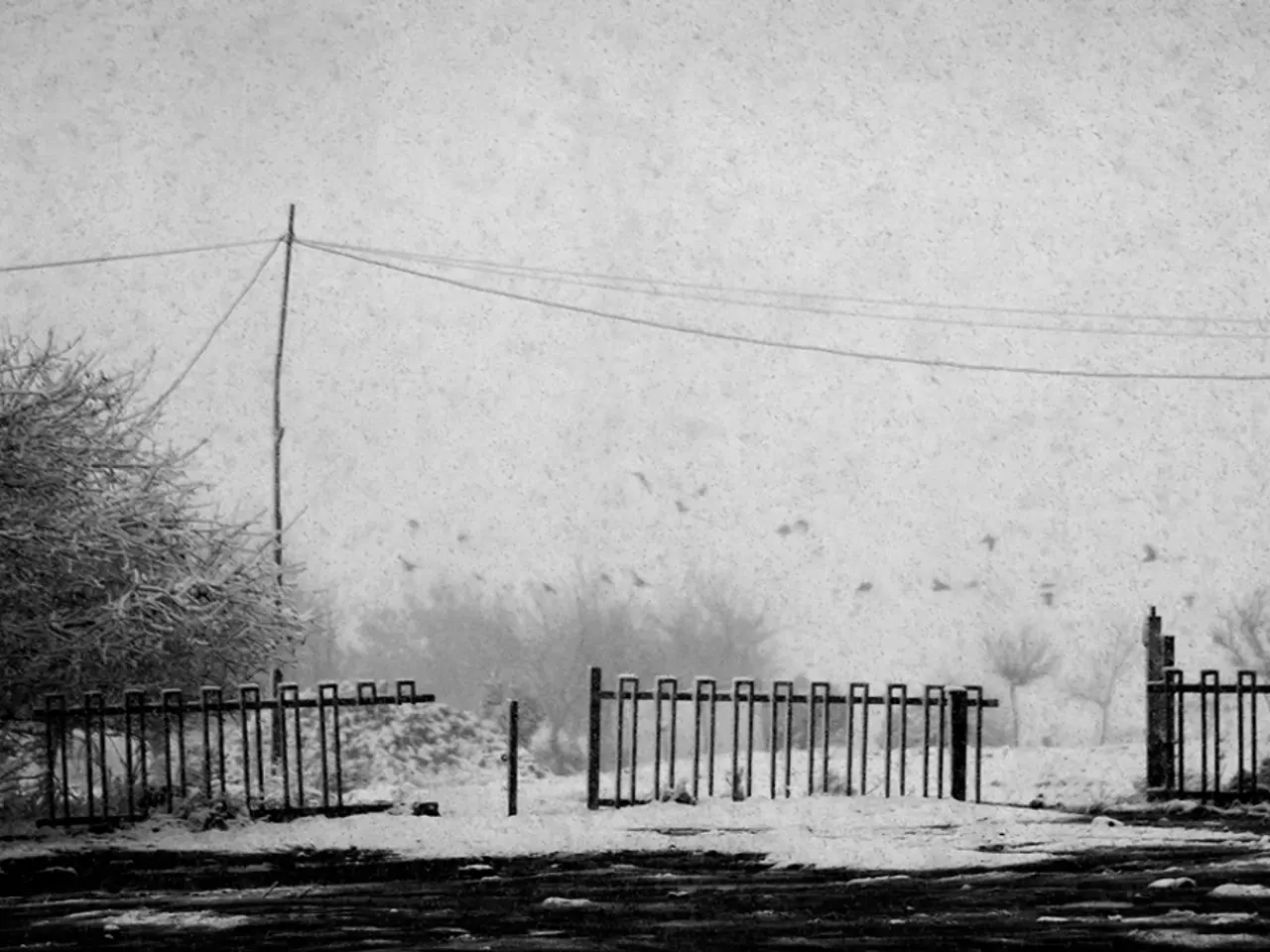Severe weather systems are set to cause substantial flooding threats along the I-95 route at the most inopportune moment
Heavy Rain and Flash Flooding Threaten Mid-Atlantic and Northeast
A series of intense storms is set to hit the mid-Atlantic and Northeast regions of the United States, bringing heavy rainfall and the risk of flash flooding. The National Weather Service has issued flood watches and warnings for much of the affected area, including Connecticut, all of New Jersey, southern New York, Washington D.C., Baltimore, and eastern Pennsylvania, through Thursday evening.
Torrential rainfall and flash flooding are expected along the Interstate 95 corridor, with storms lasting from the afternoon to the evening. Extreme rainfall rates up to 3 inches per hour could overwhelm areas that typically drain well, and a few locations could get up to 8 inches of rain in a short amount of time.
The heavy rainfall is due to a cold front that is breaking a long-lasting, punishing heat dome that has been keeping the East sweltering during the day and simmering at night. The rain is expected to bring some relief from the heat, but it also poses a significant risk of flooding.
The increase in flash flood occurrences in the mid-Atlantic and Northeast regions is largely driven by climate change. Rising global temperatures drive weather toward extremes, making intense downpours more likely. Climate change "loads" weather systems with more moisture, increasing the chances of heavy precipitation events that can trigger flash floods.
According to the Weather Prediction Center, there is a Level 3 of 4 risk for flooding rain across northern Virginia, Washington D.C., Maryland, Delaware, southeast Pennsylvania, and southern New Jersey. Parts of Virginia that have flooded multiple times this season are also at increased risk. A Level 2 of 4 risk of flash flooding is in place for a broader area extending inland from Virginia Beach up through southern New England, including the New York City metro area and all of Connecticut.
The heavy rainfall can be particularly dangerous at night, as it's harder to see water covering roads. Drivers are advised to turn around and find another route if encountering a flooded roadway, as it only takes six inches of fast-moving water to knock over an adult and just 12 inches to sweep away most vehicles.
After a summer of frequent rain and flooding, the water simply has no place to go. Cities often struggle to handle heavy rain as pavement and asphalt keep water from soaking into the ground and instead head for drains that are prone to clogging or simply incapable of handling the volume of water. This can lead to flooding in urban areas, as well as increased strain on infrastructure and disruption of communities through road closures, power outages, and potential displacement.
The economic costs of this increase in flash floods are also significant, with damage to homes, businesses, and agriculture. In early July, Tropical Storm Chantal's flooding rainfall killed at least one person in North Carolina. The mid-Atlantic and Northeast are not unfamiliar with the dangers of flash flooding, and the recent events serve as a reminder of the importance of preparedness and caution during heavy rainfall events.
References:
[1] National Climate Assessment, U.S. Global Change Research Program, 2018.
Weather-forecasting agencies have issued flood warnings for the mid-Atlantic and Northeast regions due to the torrential rainfall expected, especially along the Interstate 95 corridor. The heavy rainfall, driven by a cold front and climate change, poses a significant risk of flash flooding, with some areas expecting up to 8 inches in a short time.








